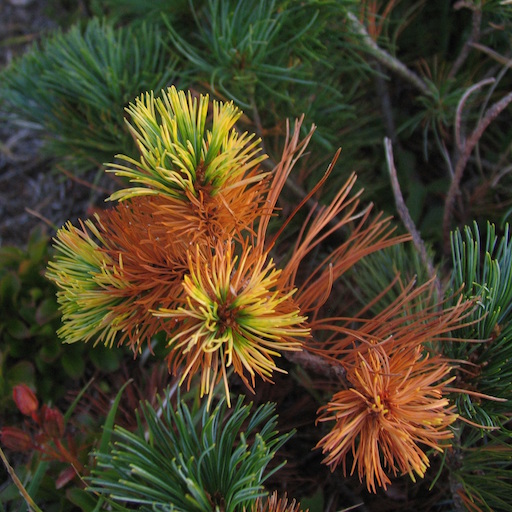Bykasov V. E. Volcanism as an Analogue of the Anthropogenic Pollution of the Biosphere // Bridges of the Science between North America and the Russian Far East. 45th Arctic Science Conference. Abstracts, Vol. 1 / Vladivostok. Dalnauka, 1994. P. 327.
VOLCANISM AS AN ANALOGUE OF THE ANTHROPOGENIC POLLUTION OF THE BIOSPHERE
V. E. Bykasov
Institute of Volcanology, Far East Branch, RAS,
Petropavlovsk-Kamchatsky
Volcanism, as a nature-forming process (volcanogenesis), is characterized first of all by supply of large quantities of juvenile material to the surface, owing to which 4000000 tons of fine-dispersed ash and 2800000 tons of sulphate aerosol go into biosphere.
Being involved actively in natural circulation of matter, volcanogenic pollutants transform the bulk composition, energy and informational structure of the polluted areas to such a degree, that it causes changes in the regional abiotic background itself.
In it’s turn, change of abiotic medium determines the drastic, up to utter destruction, reconstruction of all former interrelations between natural elements and components. And biota, responding to this reconstruction, comes through the number of exogenic successions into a new abiotic background. Visual demonstration of this is in the development of unique hydrothermal ecosystems (biogeocenosis) and their thermophilic plants and microorganisms.
On the other hand, on the course of Anthropogene activities 150000000 tons of sulfur dioxide and about 150000000 tons of technogenic dust, black and particles of smoke containing more than 150 artificial chemical substances, that are considered to be pollutants, go annually into the biosphere. And the composition of most toxic of them (SO2, H2S, HF,SiF4, CO, CO2, Pb, Cl, HCl, NH4, NmOn, CmOn) corresponds completely to the set of the major components washed away from the volcanic products. Being involved in the natural processes of substance shifting in the same active manner, Anthropogene pollutants influence intensively the biota, polluting biosphere and manifesting themselves in the same forms, as the volcanics, but on the larger scales.
Considering the area of active volcanism to be approximately two orders of magnitude less than the other land and so unfluence on biota to be comparable, volcanism is suggested to be an analogue of the Anthropogenic influences on the biota. We’d never forget, however, that volcanism influences biota not only in destructive or modifying, but also in stimulating manner.
The necessity for applying analogues method, when studying volcanogenesis, is motivated by the fact, that under the conditions of fairly low level of knowledge about landscapes and volcanic area ecosystems, neither working-out preventive and recultivating measures, nor protection of their natural environment, are possible without such methodology.
327

